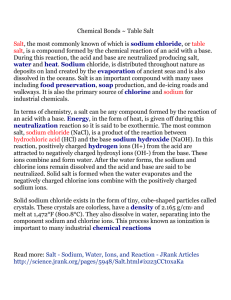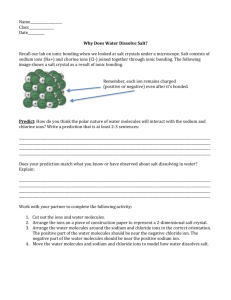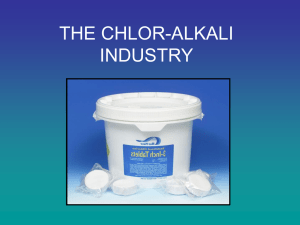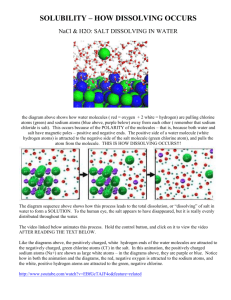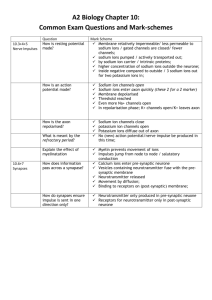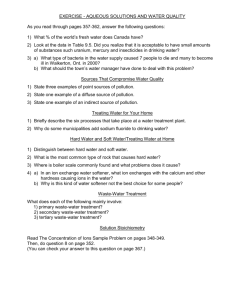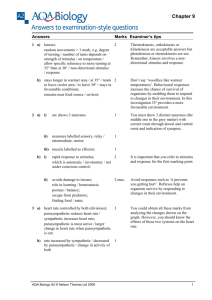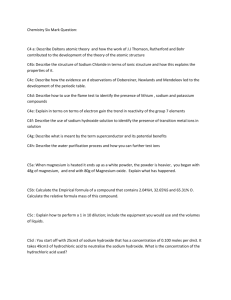Thread NSTA Dissolving Salt Animation
advertisement
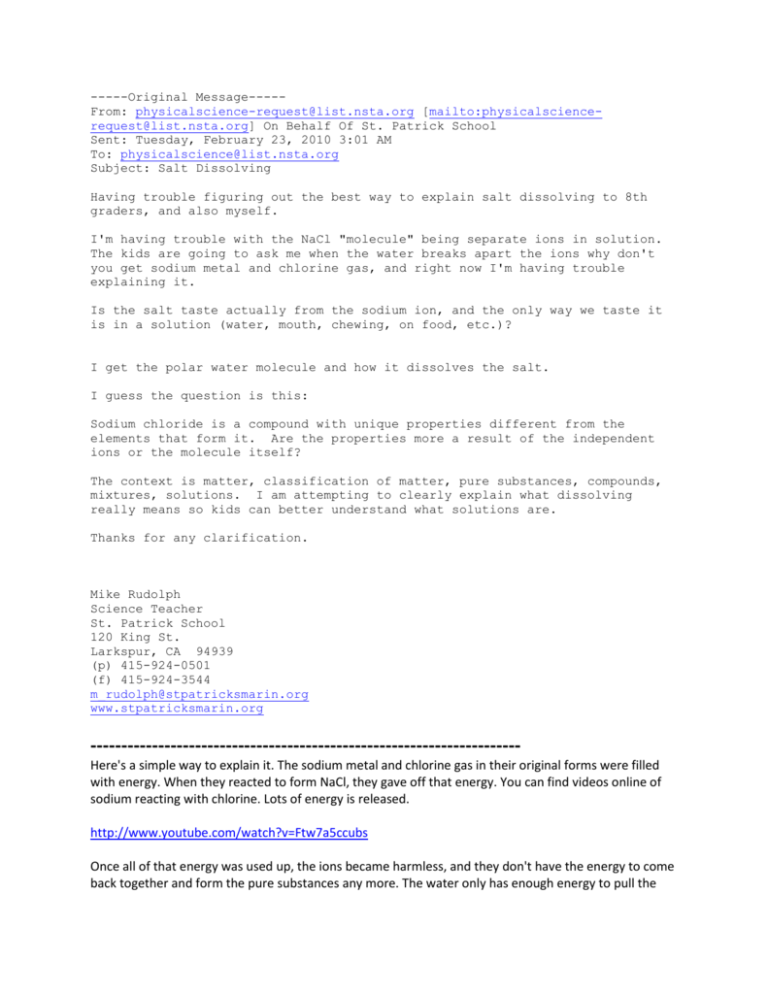
-----Original Message----From: physicalscience-request@list.nsta.org [mailto:physicalsciencerequest@list.nsta.org] On Behalf Of St. Patrick School Sent: Tuesday, February 23, 2010 3:01 AM To: physicalscience@list.nsta.org Subject: Salt Dissolving Having trouble figuring out the best way to explain salt dissolving to 8th graders, and also myself. I'm having trouble with the NaCl "molecule" being separate ions in solution. The kids are going to ask me when the water breaks apart the ions why don't you get sodium metal and chlorine gas, and right now I'm having trouble explaining it. Is the salt taste actually from the sodium ion, and the only way we taste it is in a solution (water, mouth, chewing, on food, etc.)? I get the polar water molecule and how it dissolves the salt. I guess the question is this: Sodium chloride is a compound with unique properties different from the elements that form it. Are the properties more a result of the independent ions or the molecule itself? The context is matter, classification of matter, pure substances, compounds, mixtures, solutions. I am attempting to clearly explain what dissolving really means so kids can better understand what solutions are. Thanks for any clarification. Mike Rudolph Science Teacher St. Patrick School 120 King St. Larkspur, CA 94939 (p) 415-924-0501 (f) 415-924-3544 m_rudolph@stpatricksmarin.org www.stpatricksmarin.org ---------------------------------------------------------------------Here's a simple way to explain it. The sodium metal and chlorine gas in their original forms were filled with energy. When they reacted to form NaCl, they gave off that energy. You can find videos online of sodium reacting with chlorine. Lots of energy is released. http://www.youtube.com/watch?v=Ftw7a5ccubs Once all of that energy was used up, the ions became harmless, and they don't have the energy to come back together and form the pure substances any more. The water only has enough energy to pull the ions apart, not to restore their original form. But you could add energy back, and reverse the process. If you were to, say, pass electricity through the ions, you could re-energize them back to their pure form. http://science.jrank.org/pages/2349/Electrolysis-Production-sodium-chlorine.html This is similar to what happens inside a rechargeable battery, which is something that students can understand. What powers their cell phones? A lithium-ion battery. What's in a Lithium-Ion battery? Lithium is very similar to sodium, and it is converted between its forms over and over again. (A simplification, of course, but a solid connection to real life.) You can also talk about how L-Ion batteries have been recalled because they sometimes catch fire if the reaction gets out of control. Scott Mike, This animation may be helpful with the dissolving bit. http://www.northland.cc.mn.us/biology/BIOLOGY1111/animations/dissolve.html It may also help to remind the students that these dissociate into ions and therefore behave differently than the neutral atoms of Na or Cl alone. In my ninth grade physical science class, I also never refer to an ionically bonded substance as a "molecule" but rather as an ionic compound or a crystal lattice. Molecules are formed from covalently bonded substances that then have stronger forces of attraction between other similar molecules if they are polar (like H2O) and weaker forces of attractions with other similar molecules if they are nonpolar (like CH4 of F2). You are correct to point out that the properties of sodium and chlorine are vastly different than the properties of the compound sodium chloride because they have undergone a chemical reaction. Kira Kira.Schadegg@ancss.org


